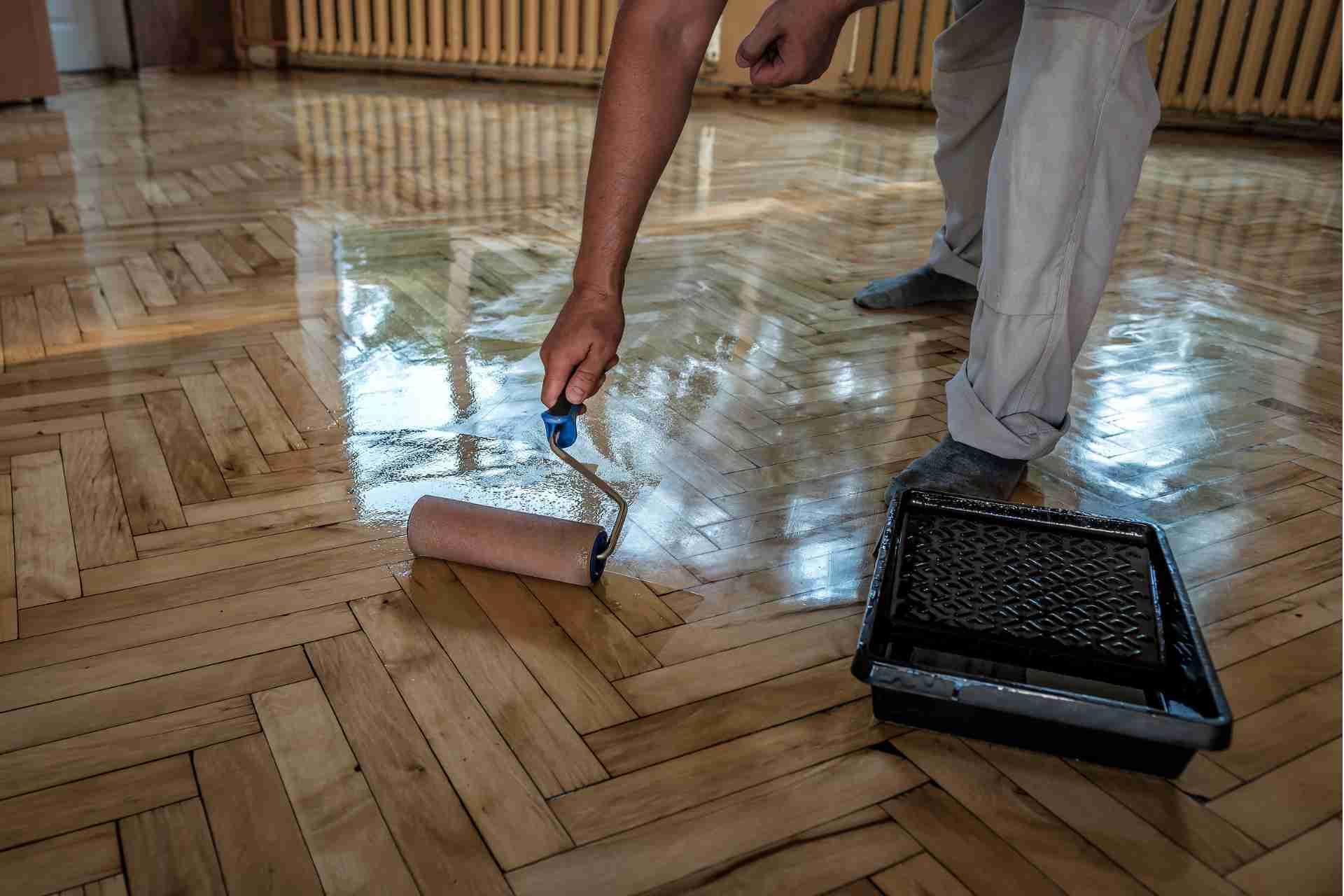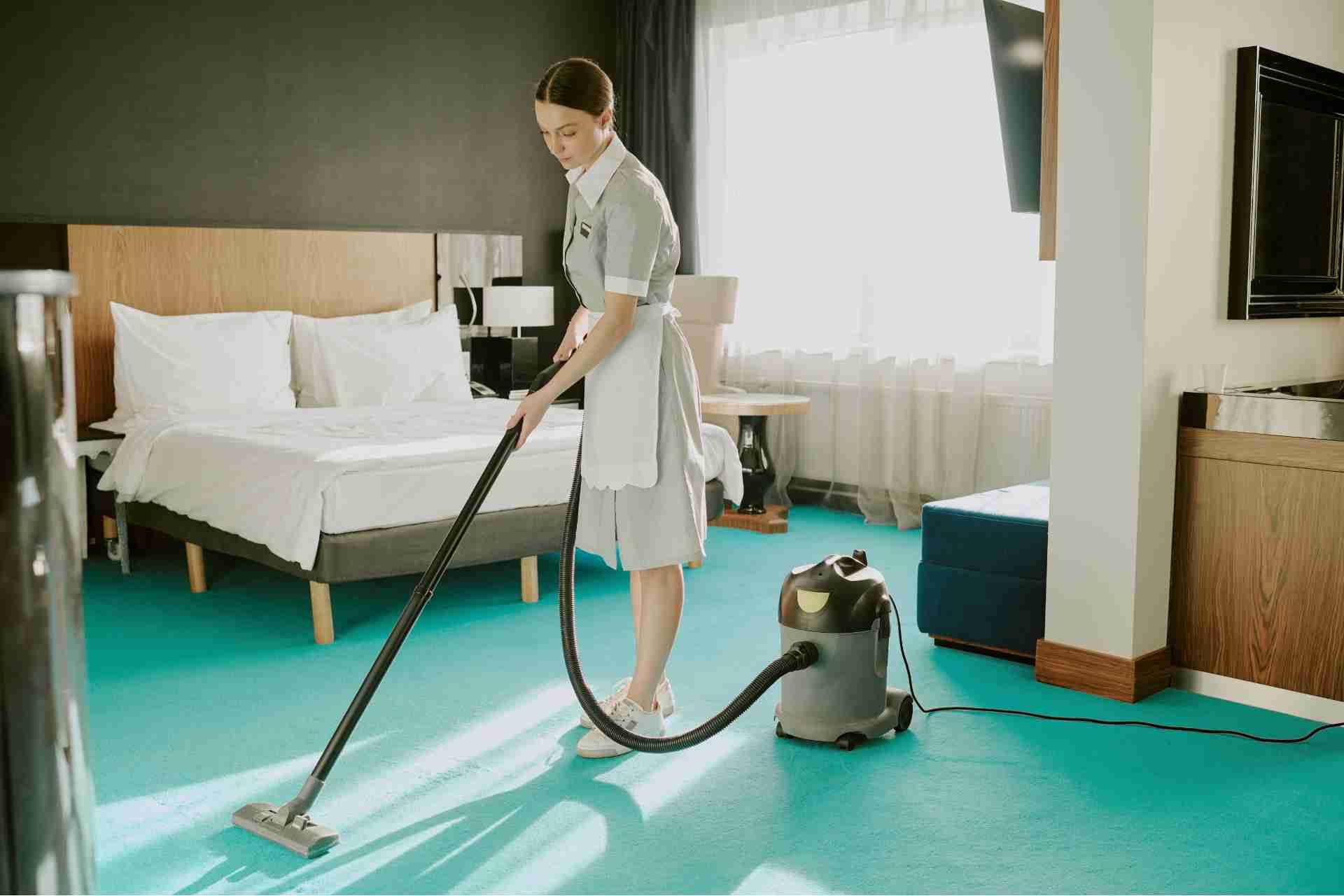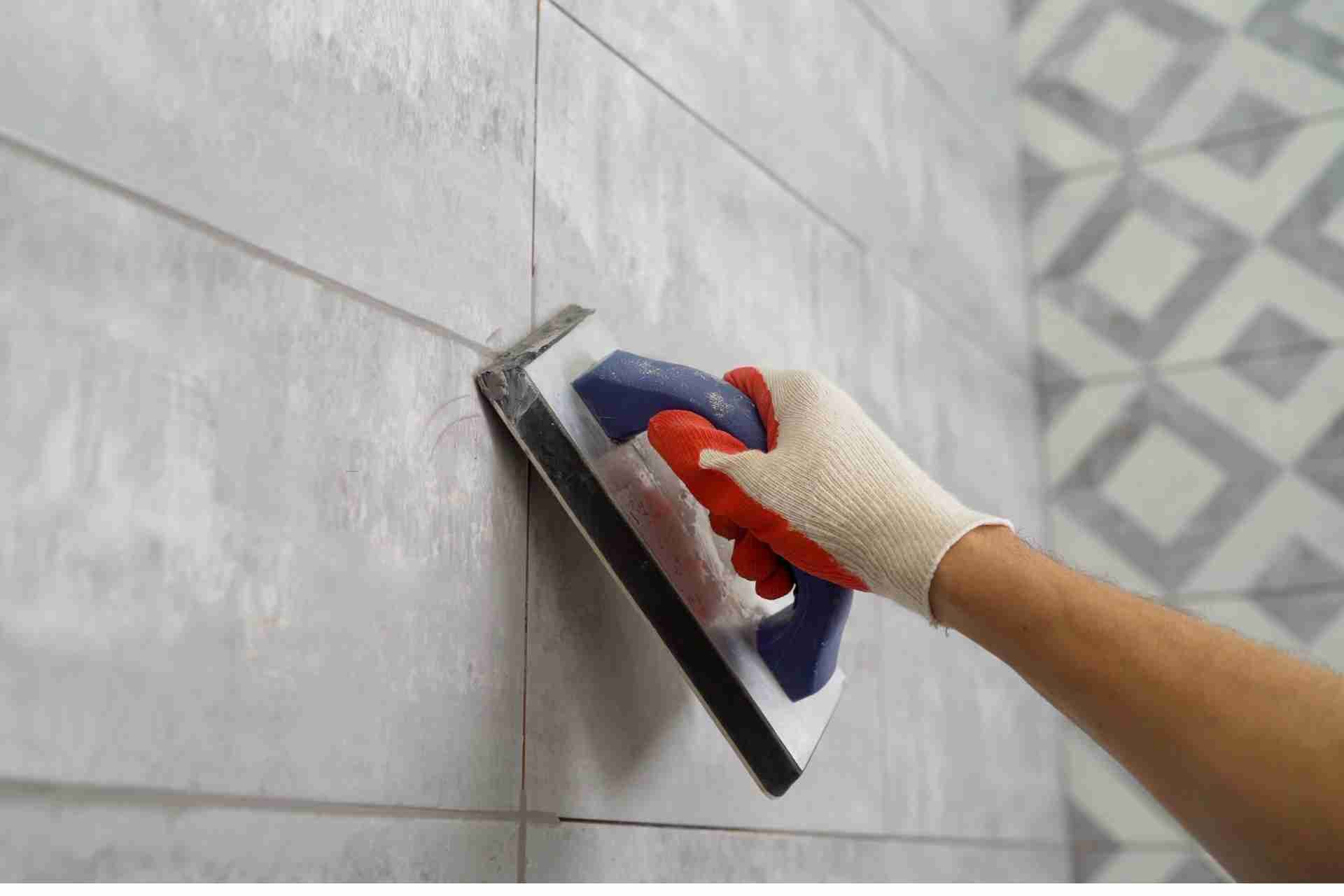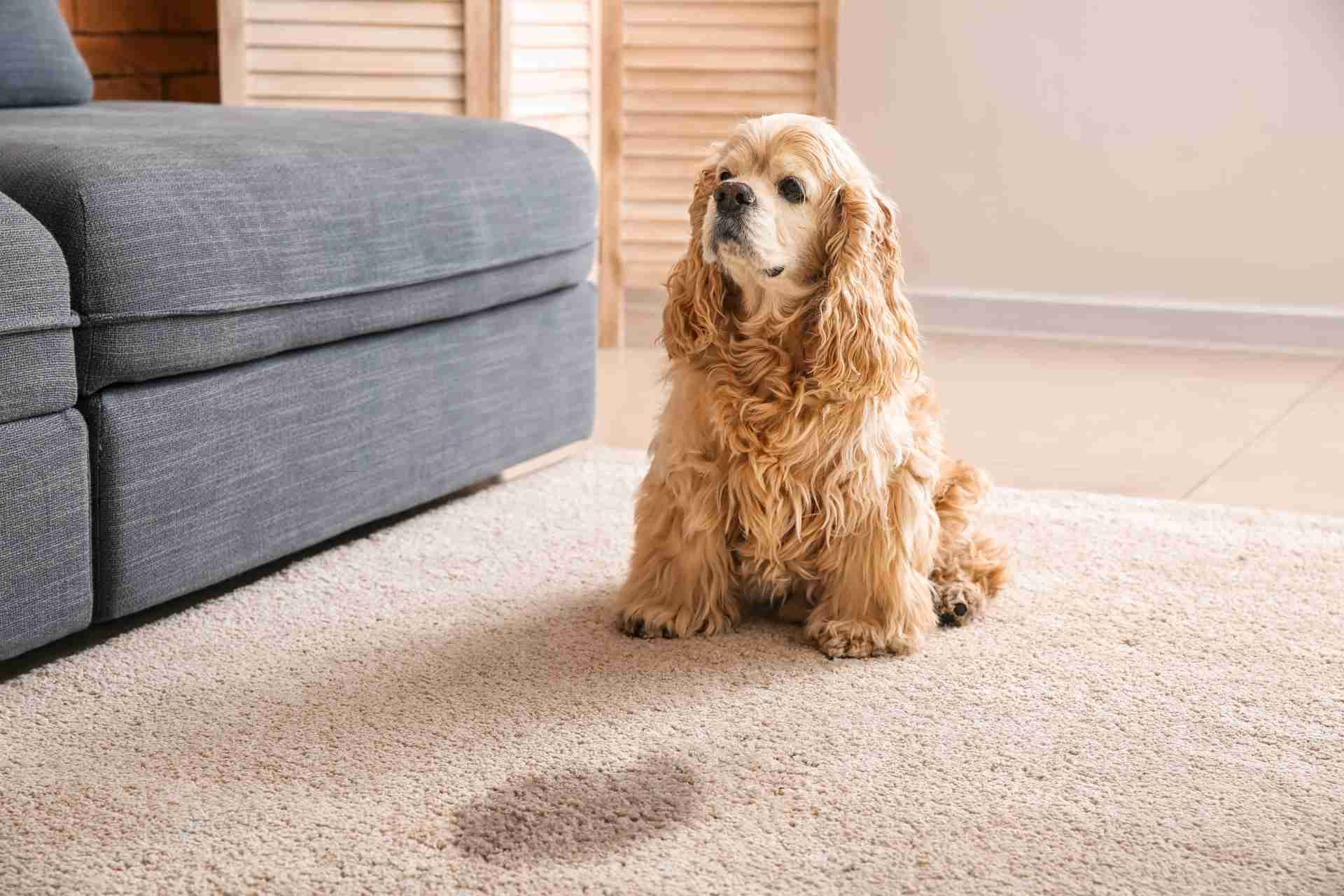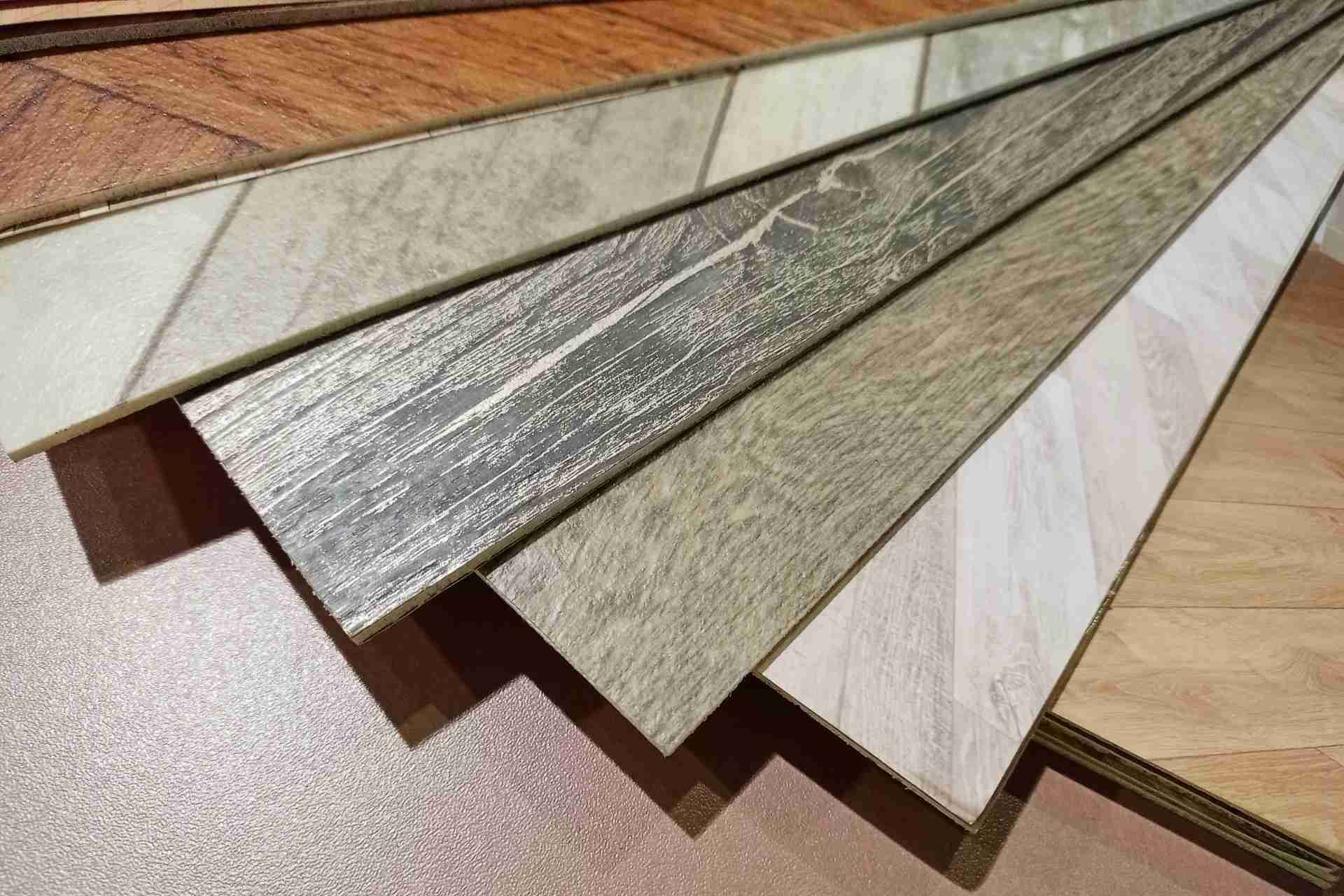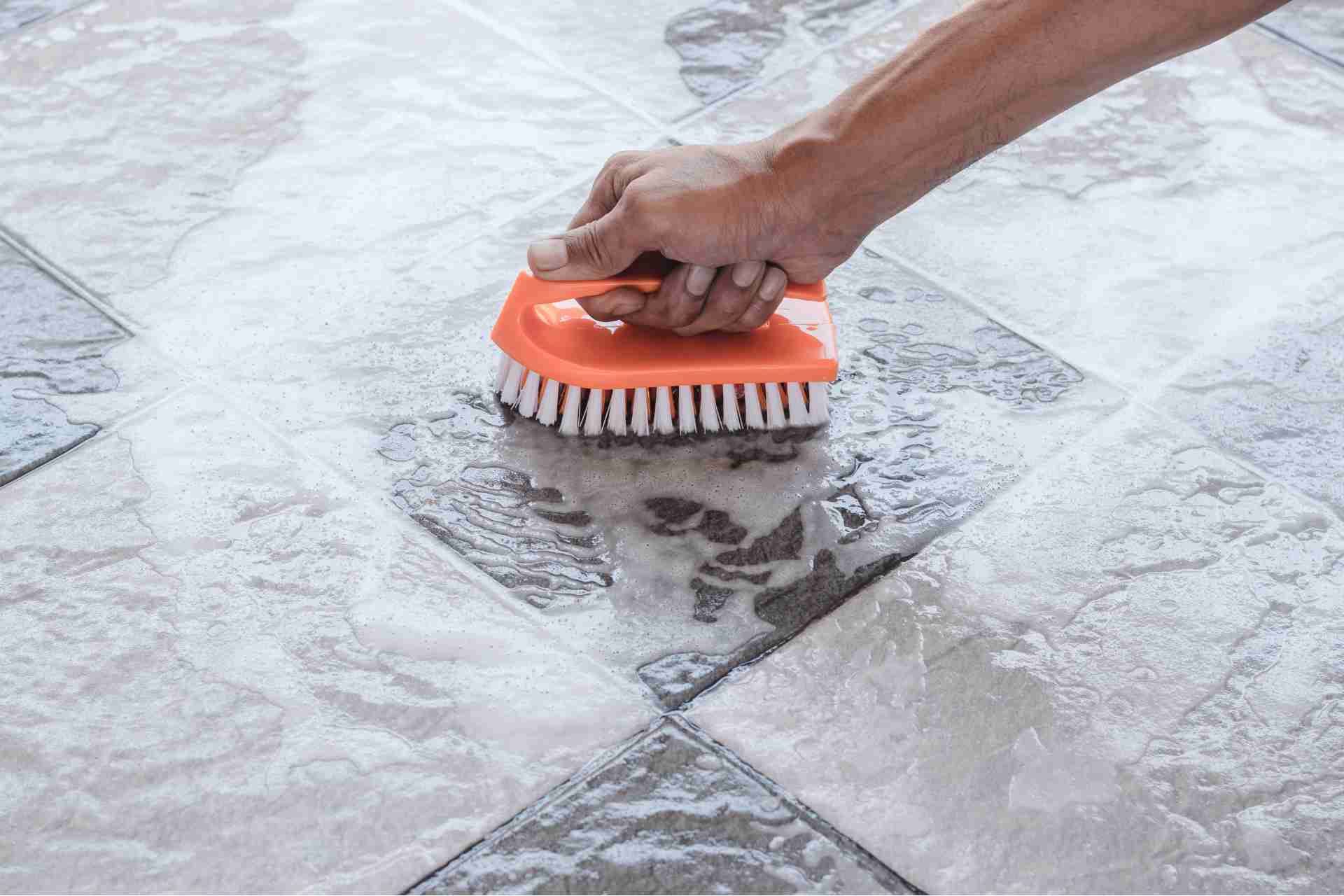Budgeting for a Flooring Renovation: Hidden Costs Homeowners Often Overlook
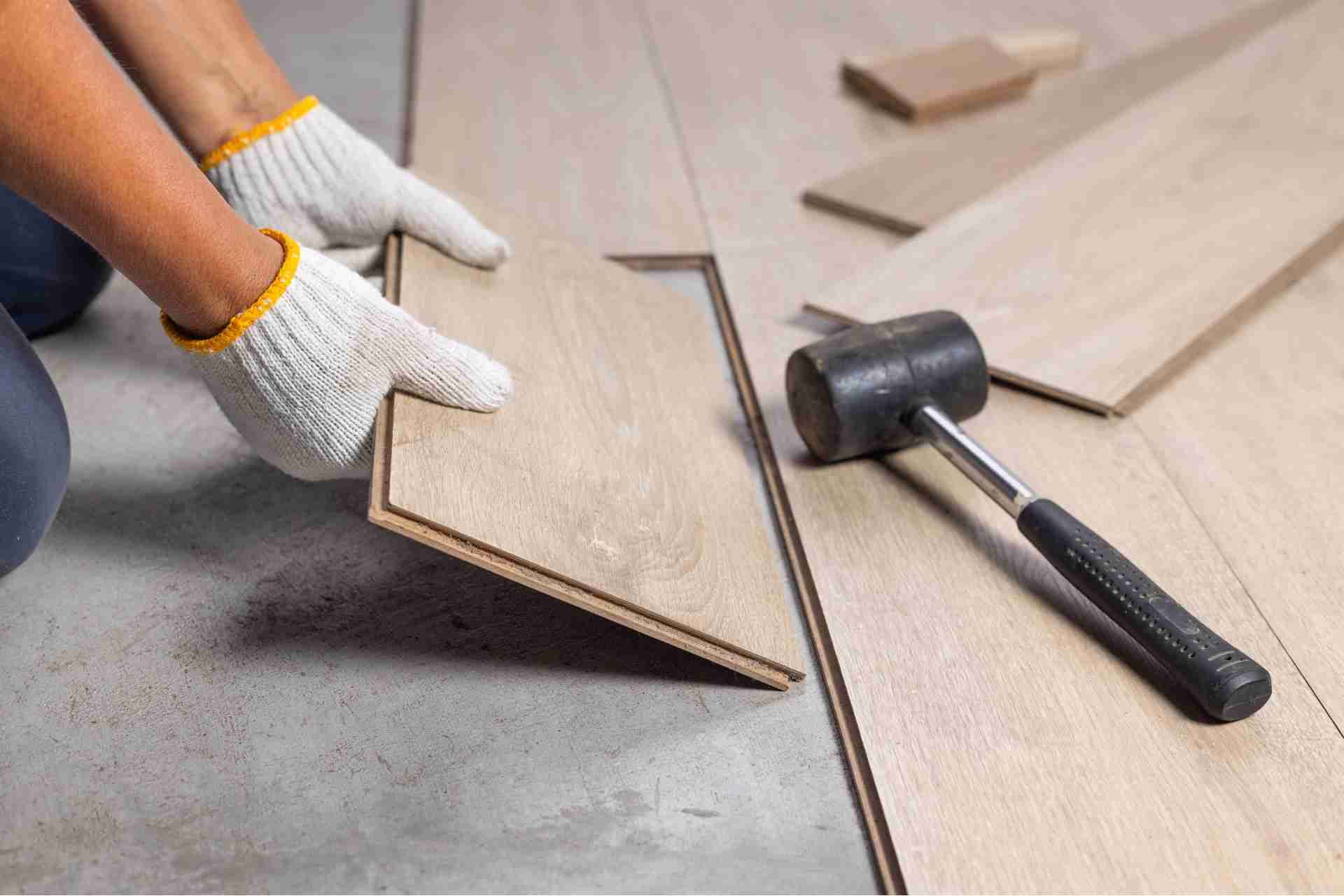
When you're planning a flooring renovation, it's easy to focus solely on the materials and installation. However, you might not realize that hidden costs can quickly add up, impacting your overall budget. From disposal fees to unexpected repairs, these expenses often catch homeowners off guard. Before you commit to anything, it's crucial to consider all potential costs. Let's explore the key areas that could surprise you and how to prepare for them.
Preparation Costs: What You Need to Consider
Before diving into your flooring renovation, it's crucial to understand the preparation costs involved.
First, you'll need to factor in the expense of purchasing tools and materials, like underlayment, adhesives, or leveling compounds. If you're not a DIY expert, hiring a contractor can add significantly to your budget, so get quotes from a few professionals to compare.
Don't forget about potential costs for moving furniture—clearing the space is essential for a smooth installation.
Additionally, you may need to consider minor repairs or adjustments to your subfloor, which can also impact your budget.
Planning for these expenses ahead of time will help you avoid surprises and keep your renovation on track.
Disposal Fees for Old Flooring
Once you've tackled the preparation costs, you need to consider disposal fees for your old flooring.
Many homeowners underestimate these costs, thinking they can simply toss the old materials in the trash. However, most municipalities have strict regulations about flooring disposal, especially for materials like carpet or laminate.
You might need to hire a junk removal service or rent a dumpster, which can quickly add to your budget. Additionally, some flooring types may require special handling due to environmental concerns.
Before you start your renovation, research your local disposal options and fees to avoid unexpected expenses. Planning for these costs ensures a smoother renovation and helps you stay within your budget.
Subfloor Repairs and Upgrades
As you prepare for your flooring renovation, addressing any necessary subfloor repairs and upgrades is crucial for a successful installation.
You mightn't realize that a compromised subfloor can lead to uneven flooring and premature wear. Inspect for signs of damage like water stains or squeaks, which could indicate issues needing attention.
Depending on the condition, you may need to replace sections of plywood or reinforce the structure. This could involve additional materials and labor costs, so budget accordingly.
Upgrading your subfloor with moisture-resistant options can also improve durability, especially in areas prone to humidity.
Unexpected Structural Issues
While you might've a clear plan for your flooring renovation, unexpected structural issues can arise that derail your budget and timeline. Hidden water damage, rotting beams, or uneven foundations can turn your project upside down.
Before you start, it's wise to have a thorough inspection of the area. If you discover problems during the renovation, you'll need to address them immediately, which could lead to increased costs and delays.
Even minor repairs can add up quickly, so be prepared for the possibility of needing extra funds. Setting aside a contingency budget of 10-15% can help you manage these surprises without too much stress.
Anticipating structural issues will give you peace of mind as you embark on your flooring journey.
Design and Aesthetic Enhancements
When considering a flooring renovation, many homeowners overlook the impact of design and aesthetic enhancements. Choosing the right flooring isn't just about durability; it's also about how it complements your home's overall style.
You might want to consider different colors, textures, and patterns that can elevate the look of your space. For instance, opting for wide planks can create a more spacious feel, while intricate designs can add character.
Don't forget about transitions between rooms; they can enhance flow and unity. Additionally, underlayment options can affect acoustics, making your space feel warmer and more inviting.
Budgeting for these enhancements can transform your renovation from merely functional to visually stunning, increasing both your enjoyment and your home's value.
Labor Costs Beyond Installation
Selecting the right flooring can enhance your home's aesthetic, but the costs don't stop at the materials. Labor costs can add up quickly, especially beyond just installation.
You might need to factor in expenses for removing old flooring, which often requires specialized skills and tools. Additionally, if your subfloor needs repairs or leveling, you'll incur more labor charges.
Don't forget about potential permits or inspections that might be necessary, depending on your project's scope. If you're bringing in an electrician for any lighting adjustments or outlets, that's another layer of costs.
Long-Term Maintenance and Care Expenses
Even after your flooring renovation is complete, ongoing maintenance and care expenses can influence your budget significantly.
You'll need to factor in regular cleaning supplies, like specialized cleaners or equipment for different flooring types. Depending on your choice, some materials require periodic refinishing or sealing, adding to your costs.
Consider also the potential for repairs; accidents happen, and damage can occur, especially in high-traffic areas or homes with pets. Setting aside a maintenance fund can help you manage unexpected expenses more easily.
Don't forget about the long-term benefits of proper care; it can extend the life of your flooring and enhance its appearance. Staying proactive with maintenance can save you money in the long run.
Conclusion
When budgeting for your flooring renovation, don't forget to factor in those hidden costs. From disposal fees and potential subfloor repairs to extra labor and long-term maintenance, it all adds up quickly. To avoid surprises, research thoroughly, get multiple quotes, and set aside a contingency fund of 10-15%. By planning ahead, you can ensure your renovation stays within budget and turns out just the way you envisioned it, without any financial strain.
